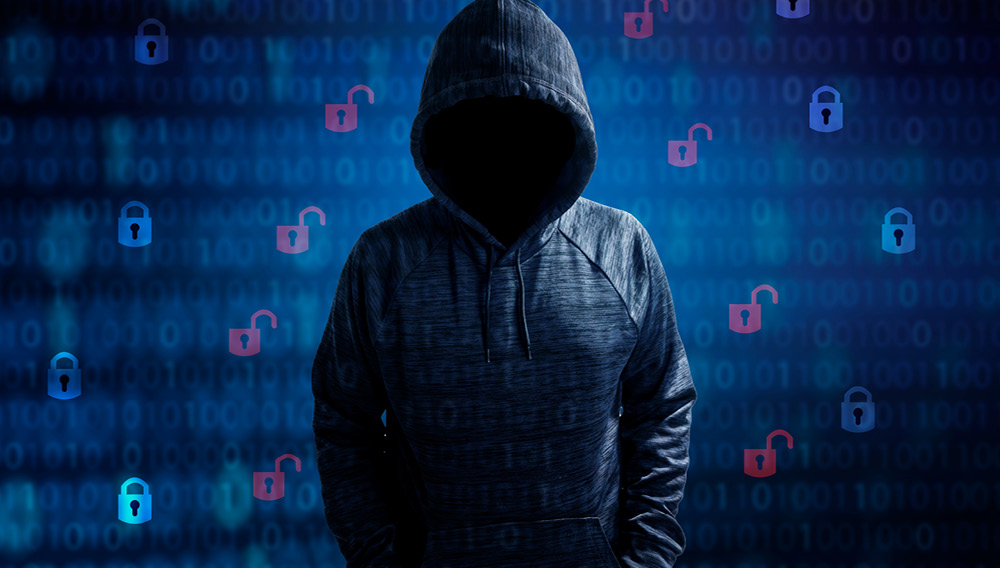Advanced Persistent Threats (APTs) in Cybersecurity

Advanced persistent threats, or APTs, are highly damaging cyberattacks. If you want a career in cybersecurity, you must understand APTs, including how to deter, detect, and recover from them. The following is an overview of this class of attacks and the typical threat actor profiles.
What Are APTs?
Advanced persistent threats are sophisticated cyberattacks that involve long-term campaigns designed to work undetected, wreaking maximum damage long before the target is even aware of the exploit. Here’s a closer look at their characteristics:
- Advanced. These attacks use cutting-edge techniques with a high level of knowledge and skill, rapidly evolving to get around defenses and evade detection. They use attack vectors such as zero-day exploits, customized malware, and all manner of phishing intrusions.
- Persistent. The attacks are designed with a duration that can stretch from weeks to years before discovery. Even then, they have ways of preventing their full removal so they can continue the attack.
- Threat. Threat actors are typically highly skilled, well organized, and well funded. Nation states and organized crime syndicates have the means and the motivation that lone-wolf single cybercriminals lack. Their targets are high value in government, finance, health care, and vital infrastructure.
APT Attack Stages
Fighting APT attacks is a high-value area in the field of cybersecurity. You will want to know the coordinated steps of an APT attack:
Information Gathering
Attackers perform extensive reconnaissance of their target, understanding their systems, processes, employees, and vulnerabilities.
Incursion
The attacker accesses systems and data using attack vectors—often in combination—taking advantage of weaknesses in network security, exploiting outdated software, breaching third parties, and tricking employees and authorized personnel.
Zero-Day Exploits
When an attacker knows of a vulnerability in software or hardware that the vendor or security community is unaware of, they attack without fear of detection. Organizations have zero days to mitigate the vulnerability.
Custom Malware
Based on the attacker’s effective reconnaissance, they design software tailored to the vulnerabilities and processes of their target—along with the type of attack and objectives of the attack. Custom malware is hard to detect and highly efficient.
Social Engineering
This attack technique relies on understanding human nature, employee habits, and organizational processes. Fake emails, phone calls, and texts posing as IT support, using bogus websites, and even physically observing an employee have all been successfully used.
Spear Phishing
This type of phishing attack is a social engineering exploit that uses customized, even personalized techniques to target a specific individual or group of individuals. These well-researched attacks are so convincing that even a trained and aware person can fall victim.
Establishing a Foothold
Maintaining access without being detected is the key. Backdoors and malware are typically used for this purpose.
Privilege Escalation and Lateral Movement
Once in, attackers learn more about vulnerabilities and processes to access higher-level, more critical systems.
Execution
The aims of attacks vary. An attacker can simply watch and spy, gather and export massive amounts of data, or conduct sabotage operations to disable an organization or function.
Maintenance
Persistence is the key. The attackers use techniques that let them continue undetected, and once detected, easily reestablish the attack by thwarting efforts to remove their access.

What Are Threat Actors?
The types of threat actors carrying out advanced persistent threats are nearly endless, with varying motivations and capabilities, and are always evolving. The most common ones include:
Cybercriminals
These attackers seek financial gain. They use an APT to steal data to sell for profit. They can access systems to commit fraud like capturing credit card information and racking up purchases. They may hold organizations hostage for ransom, like the ransomware gangs Conti and LockBit.
Hacktivist
These attackers are motivated by political, social, and ideological notions and passions. They see cyberattacks as a way to protest or fight against perceived wrongs and injustices. They go after governments, institutions, and organizations they feel deserve it, defacing or taking down websites, using distributed denial-of-service (DDoS) attacks, and stealing and leaking embarrassing data.
Insider Threats
Sometimes by deliberate and planned sabotage and other times unintentionally, employees and authorized individuals can cause enormous harm to an organization through an APT. The threat could be from a deliberate, preplanned plant of a criminal into a sensitive organization, a disgruntled employee, or someone lacking the training and awareness to avoid falling victim to a cyberattack.
Cyberterrorists
Many of the most devastating advanced persistent threats come from governments, governmentally funded groups, or quasi-governmental organizations. They target infrastructure, spread propaganda, and attack public safety.
Who Defends Against APTs?
Penetration testers, cybersecurity professionals who employ ethical hacking practices to expose vulnerabilities before threat actors can, are on the front lines in the fight against APT attacks. However, everyone can help defend against APTs by learning some best practices, like how to create stronger passwords or spot phishing and other attempts at social engineering, which underscores how important the role of education is in the field of cybersecurity.
If you want to start a rewarding career in this high-demand field, consider earning your bachelor’s degree in cybersecurity. You’ll learn how to stay a step ahead of threat actors, using advanced technologies like artificial intelligence. Cybersecurity is constantly changing, providing you with a career path that never gets stale or boring. Indeed, you will have the satisfaction of knowing that your efforts are protecting individuals and organizations—and potentially strengthening national security.



